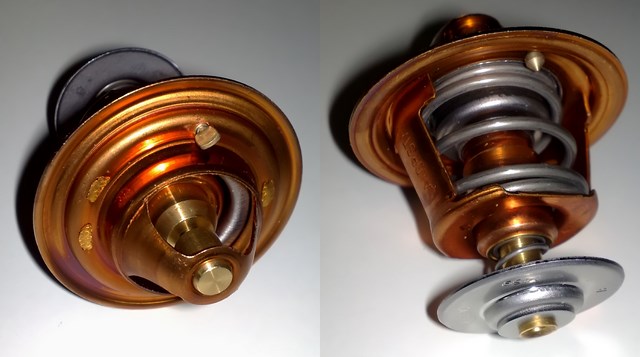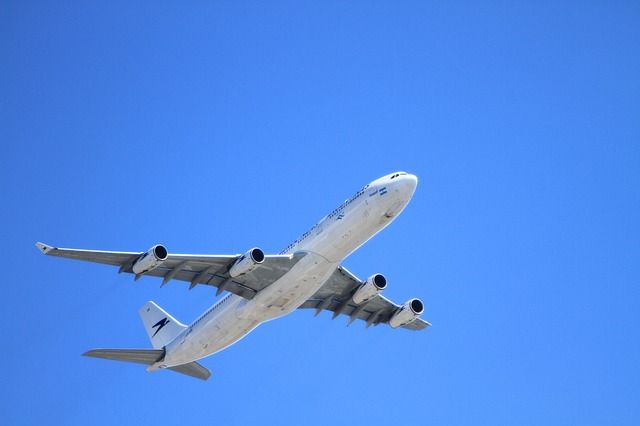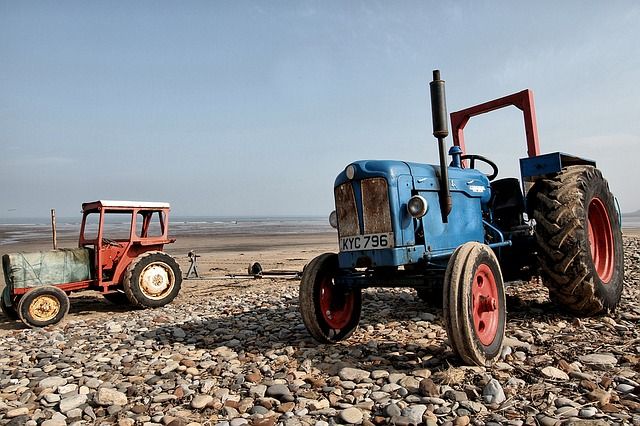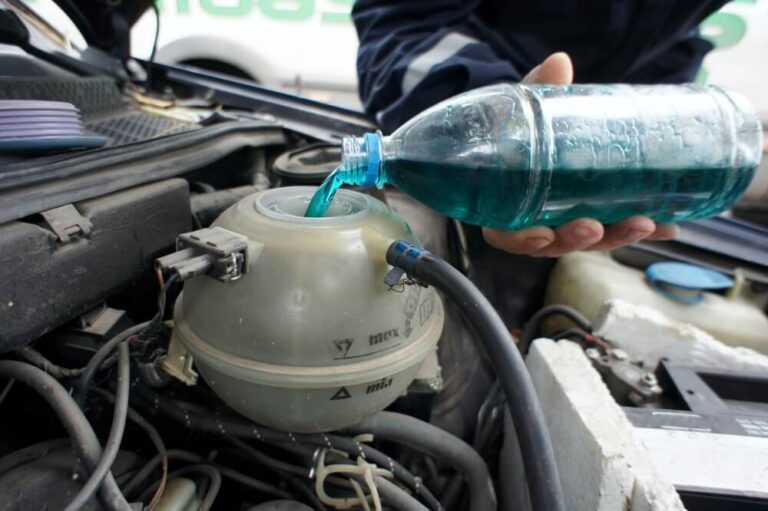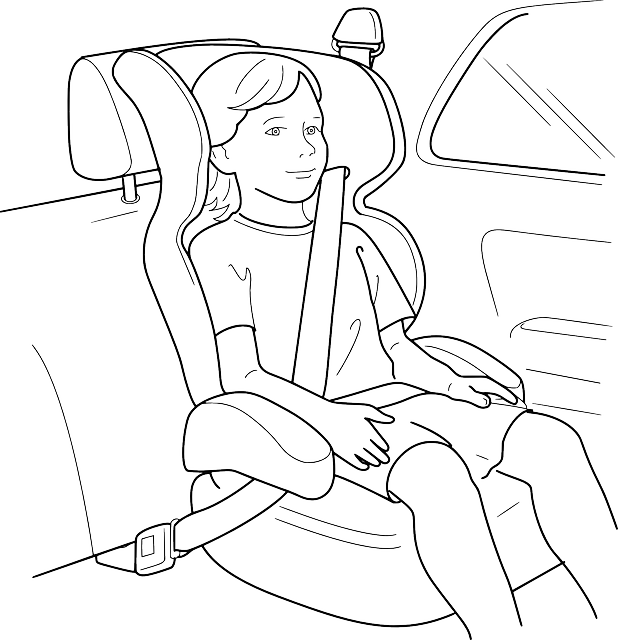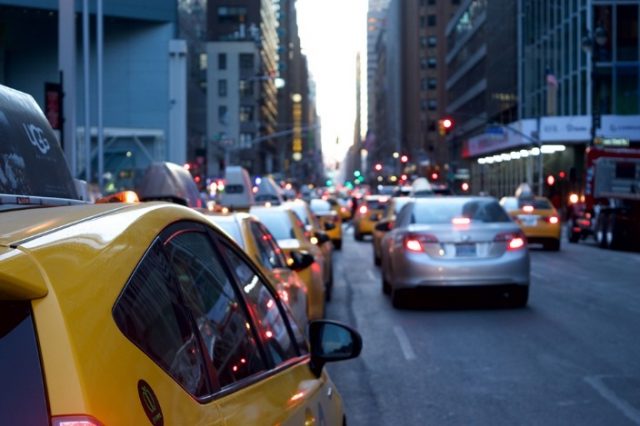Then the price of oil and fuel for vehicle engines has fallen, although not so much that the concern for savings has disappeared at all. On the other hand, consumers are more ecologically aware of the impact of using fossil fuels, such as gasoline or diesel, and for this reason they opt for cleaner vehicles that consume less gasoline to move around, so that air pollution air in cities and highways caused by the smoke produced by car engines, full of pernicious CO2, is as little as possible.
In addition to this, driving can also be thrifty if as drivers we adopt economic practices and customs when taking our car in the middle of daily traffic. To do this, we show you several of these guidelines that will help you learn more about how to save gasoline.
Do not step on the accelerator at start
When you are going to start the vehicle, you do not need to step on the accelerator, even if you have had the car stopped for a while and have not used it, because with the injection engines that cars have today, the car starts it runs only when the ignition is turned on with the key. It is true that in some cars that have a button to start and stop the engine, it is required to depress the clutch or the brake for the vehicle to start running. In addition, it is convenient that once you start you use only the first gear.
Shift at low revs
When you change gear, do it with the engine at low revs: between 2,000 and 2,500 rpm if you have a car with a gasoline engine, and if it runs on diesel, between 1,500 and 2,000 rpm. If you did not have, for whatever reason, a rev counter display on your dashboard, use the speeds of each moment. For example, engage third gear when you reach 30 km/h, and fourth gear when you reach 40 km/h, and fifth gear when you exceed 50 km/h.
No braking or acceleration
Get used to using the highest possible gear in every situation with low revs, stepping on the accelerator in three quarters of the pedal travel, apart from the fact that it is very negative to go with the accelerator depressed fully.
For this reason, try never to brake or accelerate, generally maintaining the same speed all the time you are driving. For this reason, accelerate gradually, remember that gasoline consumption is going to skyrocket as soon as you go above 90 km/h, and that the engine revs do not drop or rise between 1,500 and 2,500.
On ups and downs
When you’re climbing a hill, hold on without changing gears or downshifting, keeping your foot on the accelerator pedal and pushing a little harder, but without bottoming out. And when it’s the other way around, and you have to go downhill on some road, set the gears so that you reach slightly lower revolutions than those mentioned above, driving with the highest gear possible, and taking advantage of the inertia that Acquire the vehicle going down the road.
In the curves
As you approach a curve, instead of braking, even abruptly, gradually slow down, stop accelerating and allow the car to move with the inertia of the gear you are in.
If you see that you need to brake, do it smoothly, and above all, anticipating enough so that you downshift just when necessary. And when you are in the corner and you are going to come out of it, maintain the throttle the whole time, never braking in the middle of the curve or with the wheels crossed. If you need to slow down a bit, anticipate it as far in advance as possible and slow down as soon as possible.
Turn off at stops
When you find yourself in an important stoppage, such as a traffic jam, a railway level crossing, or any time you are stopped with the car for more than a minute, turn off the engine and thus save gasoline. It is interesting to know that the car idling consumes half a liter or more of gasoline per hour.
Check the engine
A good saving measure is to always have the car ready, having it serviced at the scheduled times so that it always works at full capacity. For example, if the engine’s injection system is out of adjustment, or the air filter is very dirty, gasoline consumption will multiply by two, and we will pollute much more. That is why it is convenient to check the engine, change the filter or the parts that are necessary so that our vehicle is in the best conditions, which will save us gasoline.
The tires
The tires must always have the optimum pressure as dictated by the manufacturer, because if they are deflated, they will increase fuel consumption, apart from being more exposed to punctures or bursts.
For this reason, it is also important not to carry an excess load, or distribute it poorly, with more weight in some areas than in others, and consequently, on the tires, which will sink more into the asphalt, wasting more gasoline and negatively affecting the stability in the running of the car. And as if this were not enough, you would be endangering the safety of the occupants because, in the event of braking, the meters required to apply the brake are many more than normal, something that you must take into account in anticipation of accidents.

